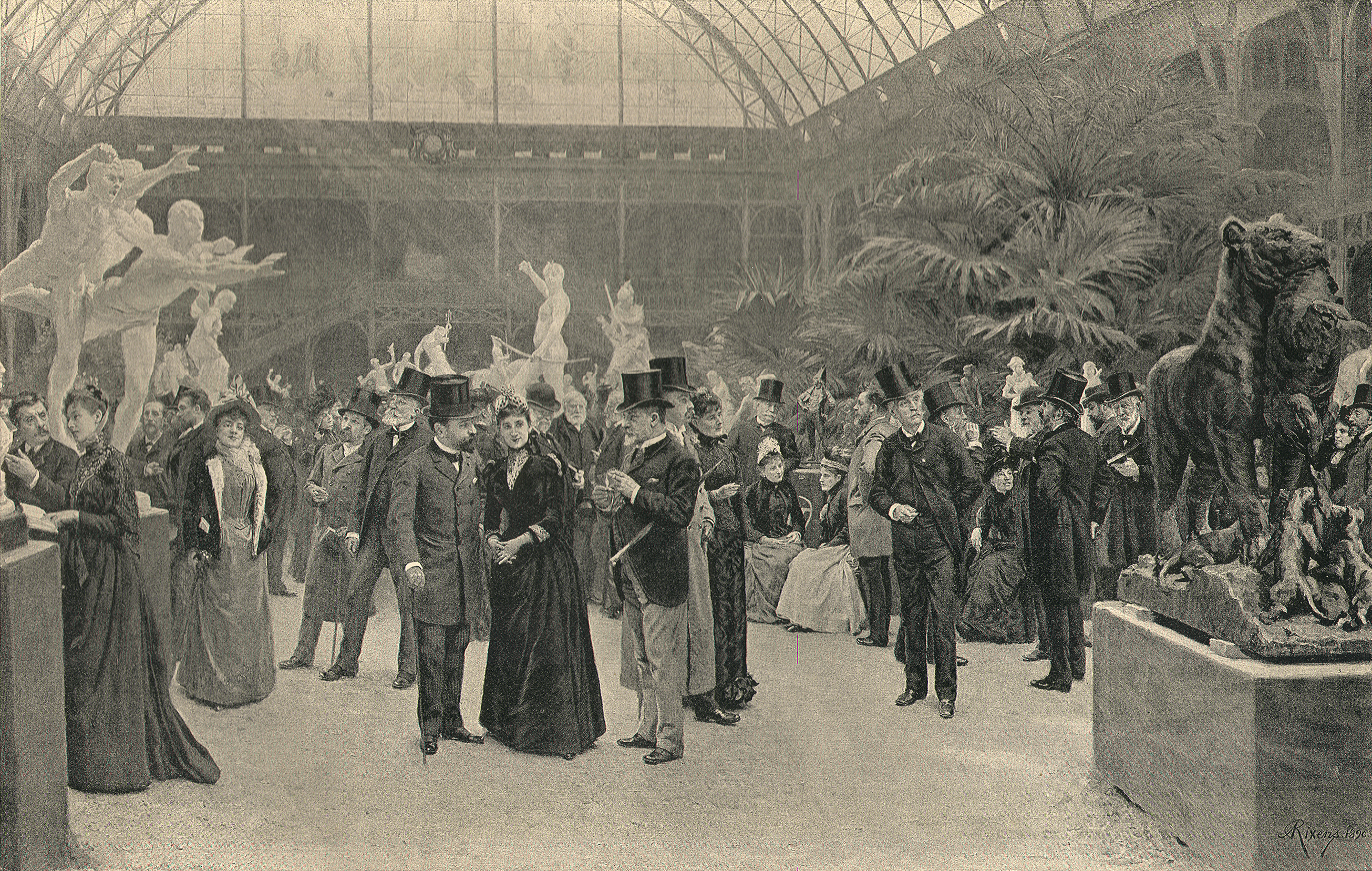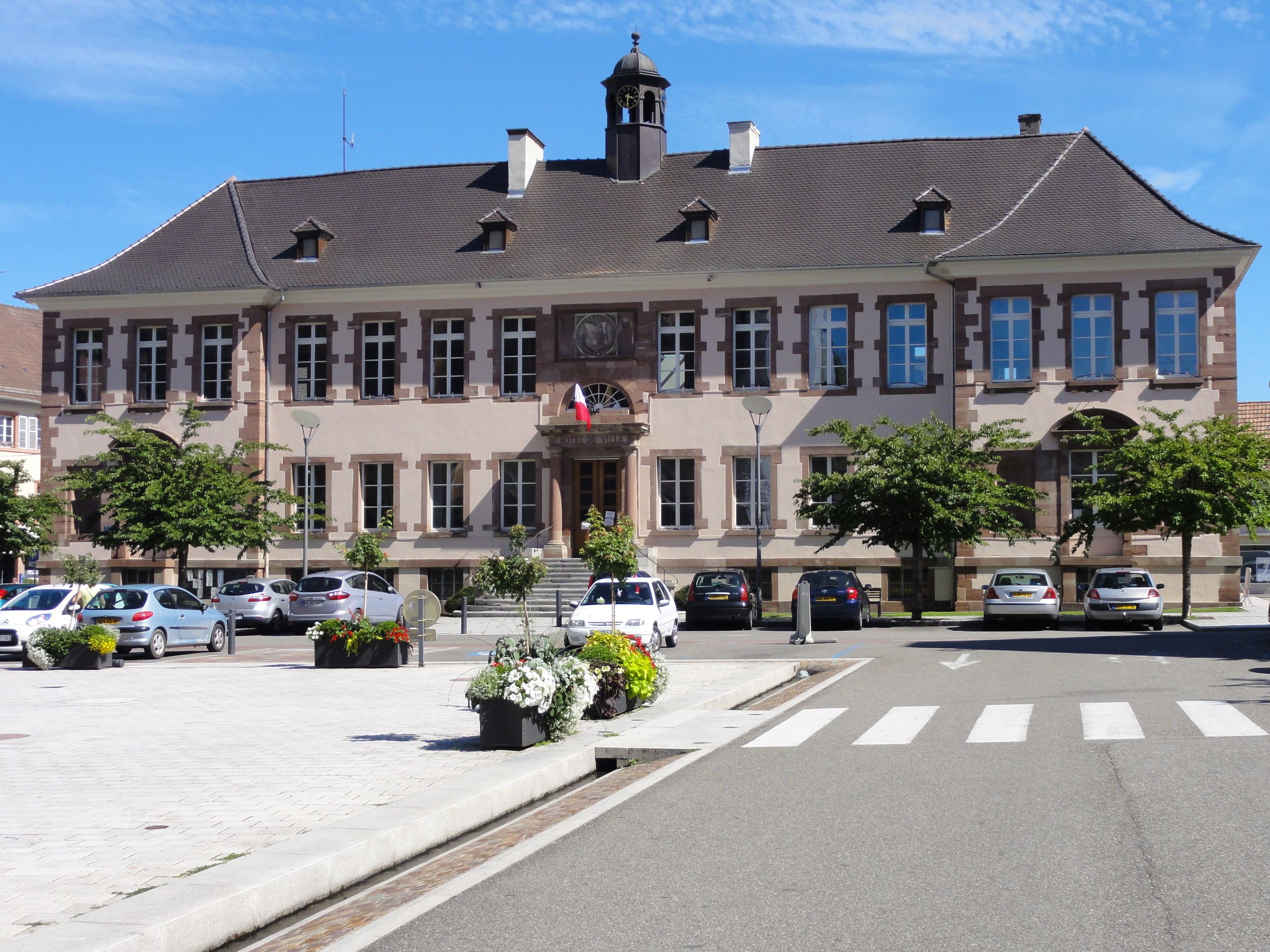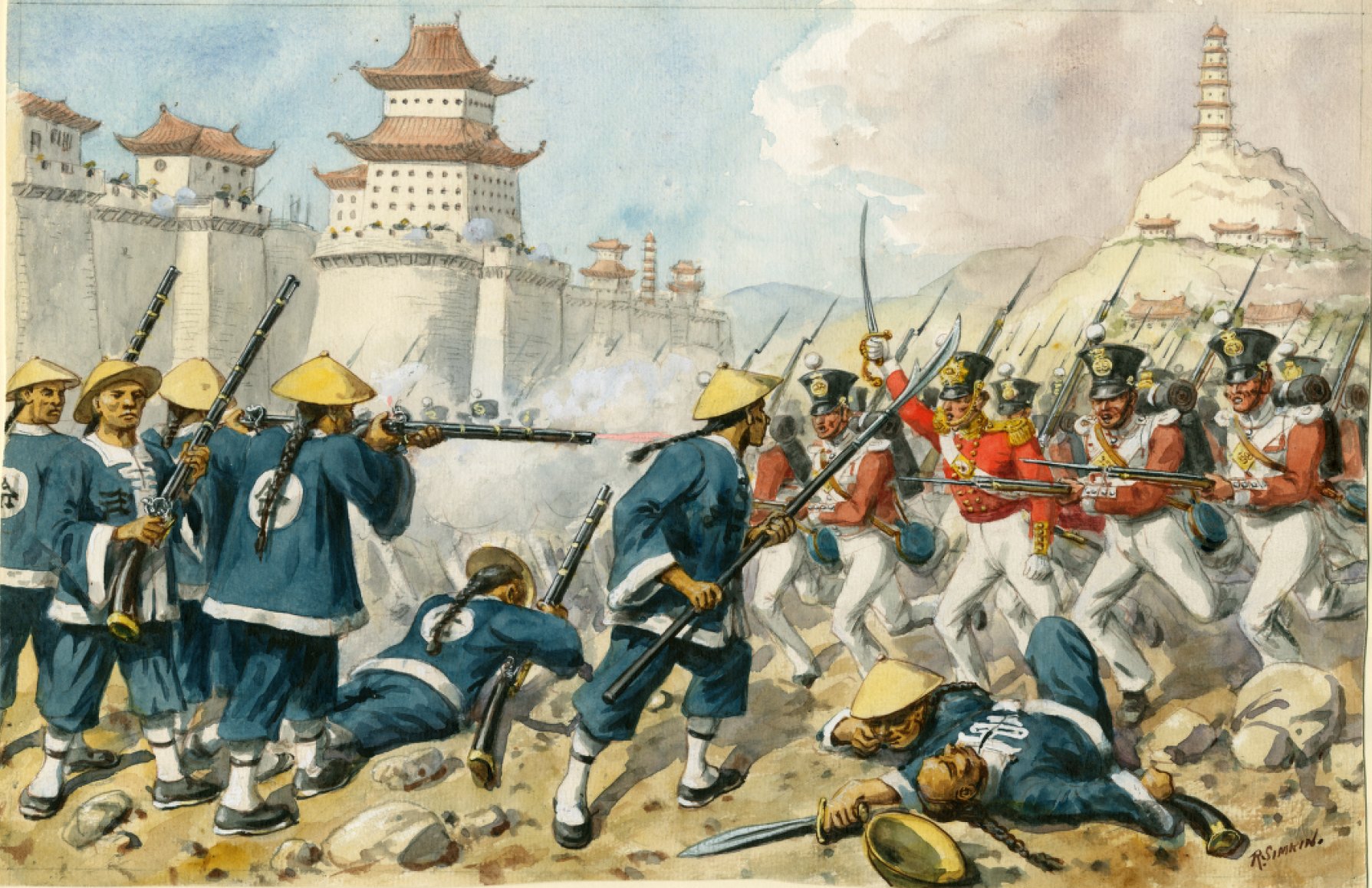|
André Dutertre
André Dutertre (9 June 1753 in Paris – April 1842 in Paris) was a French painter. Life A professor at the école gratuite de dessin, his students included Vien and Collet. He took part in the French Campaign in Egypt and Syria and on 22 August 1798 he was made a member of the Institut d'Égypte, in the literature and arts section. He was taken on the trip to the Suez Isthmus on 24 December 1798. He drew 184 portraits of the officers and scholars of the expedition, which were used as illustrations for the ''Histoire scientifique et militaire'' by Reybaud and reprinted in the ''Journal'' by Villiers du Terrage. He also drew Egyptians - his portrait of Murad Bey is his masterwork. On his return to France, he exhibited portraits at the Paris Salons of 1804 and 1812, notably those of Louis Desaix, Desaix and Jean-Baptiste Kléber, Kléber. The Musée de Palace of Versailles, Versailles owns nearly thirty portraits by him.Bénézit, ''Dictionnaire des peintres, sculpteurs, de ... [...More Info...] [...Related Items...] OR: [Wikipedia] [Google] [Baidu] |
Paris
Paris () is the Capital city, capital and List of communes in France with over 20,000 inhabitants, largest city of France. With an estimated population of 2,048,472 residents in January 2025 in an area of more than , Paris is the List of cities in the European Union by population within city limits, fourth-most populous city in the European Union and the List of cities proper by population density, 30th most densely populated city in the world in 2022. Since the 17th century, Paris has been one of the world's major centres of finance, diplomacy, commerce, culture, Fashion capital, fashion, and gastronomy. Because of its leading role in the French art, arts and Science and technology in France, sciences and its early adoption of extensive street lighting, Paris became known as the City of Light in the 19th century. The City of Paris is the centre of the Île-de-France region, or Paris Region, with an official estimated population of 12,271,794 inhabitants in January 2023, or ... [...More Info...] [...Related Items...] OR: [Wikipedia] [Google] [Baidu] |
French Campaign In Egypt And Syria
The French invasion of Egypt and Syria (1798–1801) was a military expedition led by Napoleon Bonaparte during the French Revolutionary Wars. The campaign aimed to undermine British trade routes, expand French influence, and establish a scientific and administrative presence in Egypt. Napoleon also sought to sever Britain's connection to its colonial holdings in India, with the long-term ambition of challenging British dominance in the region. Departing from Toulon in May 1798, Napoleon’s fleet, comprising around 36,000 troops, landed in Alexandria on 28 June. Advancing rapidly, he defeated the ruling Mamluks at the Battle of the Pyramids, securing control of Cairo and establishing a French administration. The campaign, however, was soon compromised by the destruction of the French fleet at Aboukir Bay by Horatio Nelson, which cut off French reinforcements and supplies. French rule faced resistance, including the Cairo uprising (1798), which was suppressed with si ... [...More Info...] [...Related Items...] OR: [Wikipedia] [Google] [Baidu] |
Institut D'Égypte
The Institut d'Égypte or Egyptian Scientific Institute is a learned society in Cairo specializing in Egyptology. It was established in 1798 by Napoleon I of France, Napoleon Bonaparte to carry out research during his French Invasion of Egypt (1798), Egyptian campaign and is the oldest scientific institute in Egypt. The building in which it was housed was burnt down, with the loss of many documents, during the Arab Spring unrest of 2011. It reopened in December 2012. Early work The Institut d'Égypte was founded on 22 August 1798 by Napoleon Bonaparte for the Institut de France, their mission was "progress and the propagation of the Enlightenment in Egypt through military force in an invasion." The institute was organised into sections that cover all the topics of interest and study in mathematics, physics, political economy, literature and arts by the Commission des Sciences et des Arts. The society first met on 24 August 1798, with Gaspard Monge as president, Bonaparte himse ... [...More Info...] [...Related Items...] OR: [Wikipedia] [Google] [Baidu] |
Murad Bey
Murad Bey ( 1750 – 22 April 1801) was an Egyptian Mamluk chieftain (Bey), cavalry commander and joint ruler of Egypt with Ibrahim Bey. He is often remembered as being a cruel and extortionate ruler, but an energetic courageous and fighter. The title given to him, "Bey", denotes an aristocratic status broadly indicative of "Lordship", subject to the cultural norms of the Ottoman Empire. More specifically, the cultural norms of the Egyptian province in the Ottoman Empire, since Egypt enjoyed varying degrees of autonomy throughout the Ottoman period. Biography While many Georgian and foreign historians claim Murad was of Georgian origin and born in Tbilisi,Mikaberidze, Alexander, "Murad Bey", in: Gregory Fremont-Barnes (ed., 2006), ''The Encyclopedia of the French Revolutionary and Napoleonic Wars'', Vol. 2, p. 663. ABC-CLIO, Inc. several others believe he was a Circassian. In 1768, he was sold to the (Circassian) Mamluk Abu al-Dhahab, regent of Ottoman Egypt. After the de ... [...More Info...] [...Related Items...] OR: [Wikipedia] [Google] [Baidu] |
Paris Salon
The Salon (), or rarely Paris Salon (French: ''Salon de Paris'' ), beginning in 1667 was the official art exhibition of the in Paris. Between 1748 and 1890 it was arguably the greatest annual or biennial art event in the Western world. At the Salon of 1761, thirty-three painters, nine sculptors, and eleven engravers contributed. Levey, Michael. (1993) ''Painting and sculpture in France 1700–1789''. New Haven: Yale University Press, p. 3. From 1881 onward, it was managed by the Société des Artistes Français. Origins In 1667, the royally sanctioned French institution of art patronage, the (a division of the Académie des beaux-arts), held its first semi-public art exhibit at the Salon Carré. The Salon's original focus was the display of the work of recent graduates of the École des Beaux-Arts, which was created by Cardinal Mazarin, chief minister of France, in 1648. Exhibition at the Salon de Paris was essential for any artist to achieve success in France for at le ... [...More Info...] [...Related Items...] OR: [Wikipedia] [Google] [Baidu] |
Louis Desaix
Louis Charles Antoine Desaix () (17 August 176814 June 1800) was a French general and military leader during the French Revolutionary Wars. According to the usage of the time, he took the name ''Louis Charles Antoine Desaix de Veygoux''. He was considered one of the greatest generals of the Revolutionary Wars. Biography Desaix was born to a noble family in the Château d'Ayat in Ayat-sur-Sioule, in the province of Auvergne, to Gilbert des Aix, Lord of Veygoux, the family manor in Charbonnières-les-Varennes, and Amable de Beaufranchet, his wife and first cousin. Desaix received his military education at the school founded by Marshal d' Effiat, and entered the French royal army. During his first six years of service, he devoted himself to duty and to military studies. When the French Revolution broke out, he threw himself into the insurrectionist cause. Refusing to "emigrate", he joined the staff of Charles Louis Victor de Broglie, the Jacobin son of the duc de Broglie. This ... [...More Info...] [...Related Items...] OR: [Wikipedia] [Google] [Baidu] |
Jean-Baptiste Kléber
Jean-Baptiste Kléber (; 9 March 1753 – 14 June 1800) was a French army officer and architect who served in the War of the Bavarian Succession and French Revolutionary Wars. After serving for one year in the French Royal Army, he joined the Imperial Army of the Holy Roman Emperor seven years later. However, his humble birth hindered his opportunities. Eventually, Kléber joined the French Revolutionary Army in 1792 and quickly rose through the ranks. Serving in the Rhineland during the War of the First Coalition, he also suppressed the Vendée Revolt. Kléber retired to private life in the peaceful interim after the Treaty of Campo Formio, but returned to military service to accompany Napoleon in the French invasion of Egypt in 1798. As the invasion started to suffer setbacks, Napoleon returned to Paris in 1799 and appointed Kléber as commander of all French forces in Egypt. He was assassinated by Suleiman al-Halabi, a Syrian theology student, in Cairo in 1800. Kléber, in ti ... [...More Info...] [...Related Items...] OR: [Wikipedia] [Google] [Baidu] |
Palace Of Versailles
The Palace of Versailles ( ; ) is a former royal residence commissioned by King Louis XIV located in Versailles, Yvelines, Versailles, about west of Paris, in the Yvelines, Yvelines Department of Île-de-France, Île-de-France region in France. The palace is owned by the government of France and since 1995 has been managed, under the direction of the Ministry of Culture (France), French Ministry of Culture, by the Public Establishment of the Palace, Museum and National Estate of Versailles. About 15,000,000 people visit the palace, park, or gardens of Versailles every year, making it one of the most popular tourist attractions in the world. Louis XIII built a hunting lodge at Versailles in 1623. His successor, Louis XIV, expanded the château into a palace that went through several expansions in phases from 1661 to 1715. It was a favourite residence for both kings, and in 1682, Louis XIV moved the seat of his court and government to Versailles, making the palace the ''de fact ... [...More Info...] [...Related Items...] OR: [Wikipedia] [Google] [Baidu] |
1753 Births
Events January–March * January 3 – King Binnya Dala of the Hanthawaddy Kingdom orders the burning of Ava, the former capital of the Kingdom of Burma. * January 29 – After a month's absence, Elizabeth Canning returns to her mother's home in London and claims that she was abducted; the following criminal trial causes an uproar. * February 17 – The concept of electrical telegraphy is first published in the form of a letter to ''Scots' Magazine'' from a writer who identifies himself only as "C.M.". Titled "An Expeditious Method of Conveying Intelligence", C.M. suggests that static electricity (generated by 1753 from "frictional machines") could send electric signals across wires to a receiver. Rather than the dot and dash system later used by Samuel F.B. Morse, C.M. proposes that "a set of wires equal in number to the letters of the alphabet, be extended horizontally between two given places" and that on the receiving side, "Let a ball be suspen ... [...More Info...] [...Related Items...] OR: [Wikipedia] [Google] [Baidu] |
1842 Deaths
Events January–March * January 6–January 13, 13 – First Anglo-Afghan War – Massacre of Elphinstone's army (Battle of Gandamak): British East India Company troops are destroyed by Afghan forces on the road from Kabul to Jalalabad, Afghanistan, by Wazir Akbar Khan, Akbar Khan, son of Dost Mohammad Khan (Emir of Afghanistan), Dost Mohammad Khan. * January 8 – Delft University of Technology is established by William II of the Netherlands, as a 'Royal Academy for the education of civilian engineers'. * January 23 – Antarctic explorer James Clark Ross, charting the eastern side of James Ross Island, reaches a Farthest South of 78°09'30"S. * January ** Michael Alexander (bishop), Michael Alexander takes office, as the first appointee to the Anglican-German Bishopric in Jerusalem. ** United States, American medical student William E. Clarke of Berkshire Medical College becomes the first person to administer an inhaled anesthetic, to facilitate a surgical procedure. ... [...More Info...] [...Related Items...] OR: [Wikipedia] [Google] [Baidu] |
18th-century French Painters
The 18th century lasted from 1 January 1701 (represented by the Roman numerals MDCCI) to 31 December 1800 (MDCCC). During the 18th century, elements of Enlightenment thinking culminated in the Atlantic Revolutions. Revolutions began to challenge the legitimacy of monarchical and aristocratic power structures. The Industrial Revolution began mid-century, leading to radical changes in human society and the environment. The European colonization of the Americas and other parts of the world intensified and associated mass migrations of people grew in size as part of the Age of Sail. During the century, slave trading expanded across the shores of the Atlantic Ocean, while declining in Russia and China. Western historians have occasionally defined the 18th century otherwise for the purposes of their work. For example, the "short" 18th century may be defined as 1715–1789, denoting the period of time between the death of Louis XIV of France and the start of the French Revo ... [...More Info...] [...Related Items...] OR: [Wikipedia] [Google] [Baidu] |










